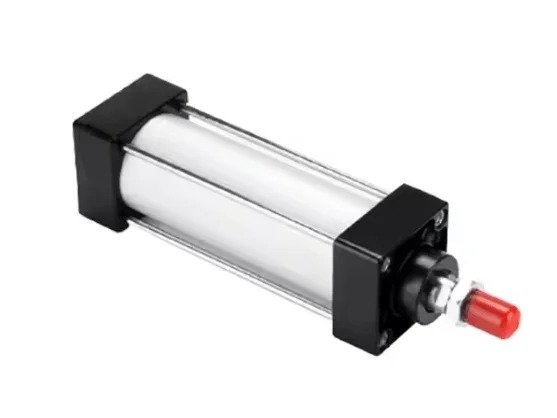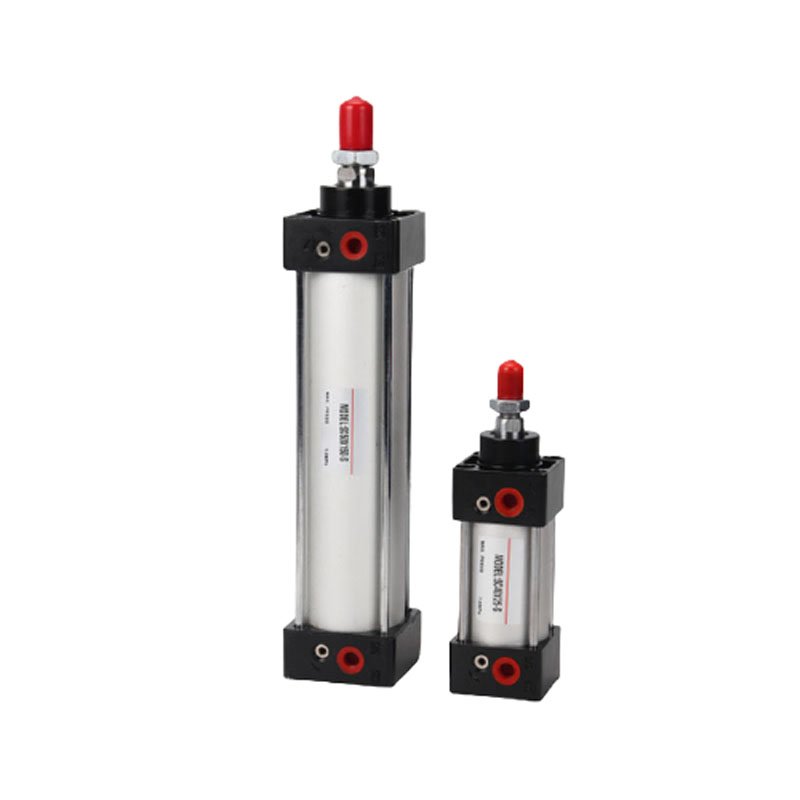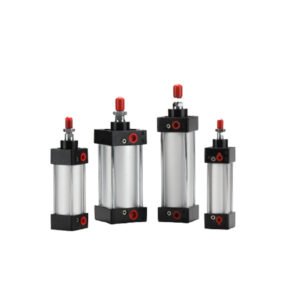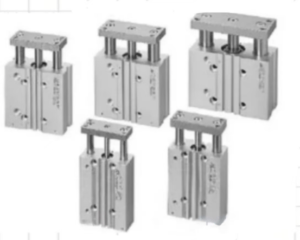Valve parameters
Valve type: Different types of valves have different requirements for actuators. Butterfly valve torque requirements are relatively small, ball valve sealing requirements are high, and the actuator needs to provide enough torque to ensure sealing. If controlling large-diameter butterfly valves, you can choose AT pneumatic valve actuators with moderate torque; controlling high-pressure ball valves, GT pneumatic devices with large output torque should be selected.
Valve size: The diameter and diameter of the valve determine the output torque requirements of the actuator. The larger the diameter, the greater the torque required to open and close the valve. The actuator that can provide sufficient torque needs to be selected according to the specific size of the valve. For example, the valve of DN100 and the valve of DN200 require a large difference in actuator torque.
Actuator performance

Output torque: According to the operating torque requirements of the valve, select the actuator with the appropriate output torque. Generally, the rated torque of the actuator should be greater than 1.2-1 times of the valve operating torque to ensure that the valve can be reliably opened and closed.
Operation time: Determine the switching operation time of the actuator according to the process requirements, such as the process requirements for fast cutting, the actuator that moves quickly needs to be selected, and some emergency shut-off valves require the actuator to complete the switching operation within a few seconds.
Control mode: Select the appropriate control mode according to the control requirements, such as switch type, adjustment type, etc. Switch type is used for simple valve opening and closing control; adjustment type can continuously adjust the valve opening according to the signal to achieve accurate control of flow and other parameters.
Web: https://vpneumatic.com
Tex/Fax:0086-577-62840011
WhatsApp:0086-13355775769



